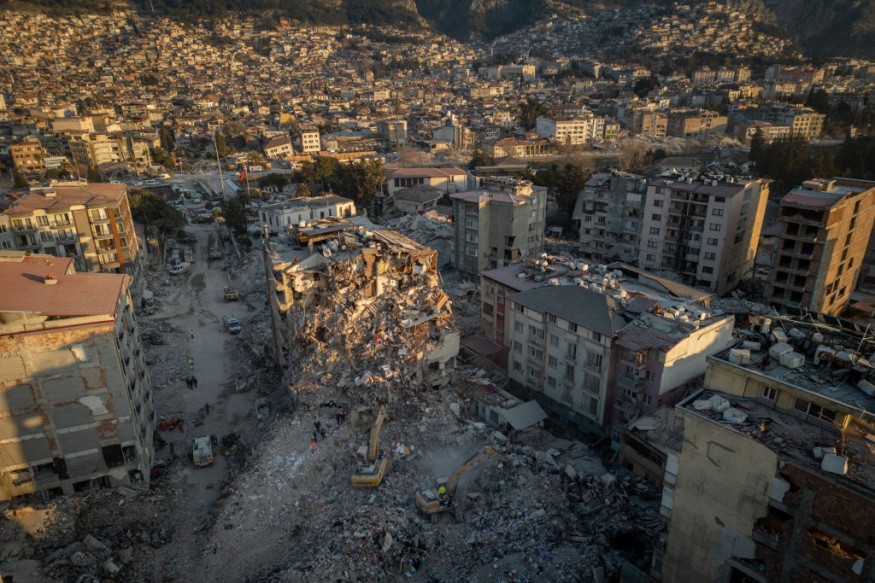Earthquake struck Turkey and Syria in earlier this month, killing thousands of people and causing a humanitarian crisis in a region struggling from conflict.
It was on February 6 when a 7.8 magnitude earthquake shook the two countries.
It also caused injuries and infrastructural damage with most casualties hit by falling debris.
The tremor is Turkey's worst earthquake in decades.
Now, a seismologist says that California, United States, could also experience the powerful Turkey-Syria earthquake.
When this happens, the seismic wave will be relatively stronger and more severe the Western state's typical earthquakes.
The imminent cause of this looming threat is caused by the California fault called "San Andreas fault zone," which stretches across the Golden State.
California Earthquake Threat

University of California, Riverside seismologist David Oglesby stated the San Andreas fault zone is the only fault in California and will likely be the reason that could produce a magnitude 8 earthquake, as cited by Phys.org.
Oglesby emphasized that there are three fundamental types of fault lines: normal, reverse, and strike-slip faults.
This focus pertains to the question if the conditions that caused the Turkish earthquake is similar to the ones in California.
With this, the seismologist says that both the East Anatolian fault in turkey and the San Andreas faults a strike-slip fault, which involves the movement and slide of slabs horizontally with each other, causing friction and eventual earthquake.
The San Andreas fault stretches 1,200 kilometers within the boundary between the Pacific and North American plates, which make it as a transform fault, according to the American Museum of Natural History (AMNH).
Pacific Ring of Fire
In addition to the San Andreas Fault, California and its northern-southern adjacent regions are along the Pacific Ring of Fire, a seismically active region across the Pacific Ocean where earthquakes and volcanic eruptions are frequent.
The intensity of these tremors range from moderate to severe, and the damage vary on the strength of a structures like roads, bridges, and buildings.
California has many notable earthquakes over the past several decades or century.
However, the state's worst seismic disaster was called the 1857 Fort Tejon earthquake which affected central and southern California.
A 7.9 magnitude quake along the San Andreas fault struck the region with a faulting type of right-lateral strike-slip, according to the United States Geological Survey (USGS).
Turkey Earthquake
In relation to the Turkey earthquake, Oglesby still asserted a 7.8 magnitude event in California will still be devastating, despite the relatively superior material strength of the state's infrastructure compared to the earthquake-hit regions of Turkey and Syria.
For instance, downtown Los Angeles sits above a basin filled with soft sediment that can be disrupted if a major earthquake occurs, as cited by Phys.org.
Over 5,000 buildings were destroyed in Turkey, and the latest figure of the death toll from the February 6 earthquake is over 41,000 after strong tremors and powerful aftershocks struck southeast Turkey and northwest Syria, according to the World Vision organization.
© 2025 NatureWorldNews.com All rights reserved. Do not reproduce without permission.





